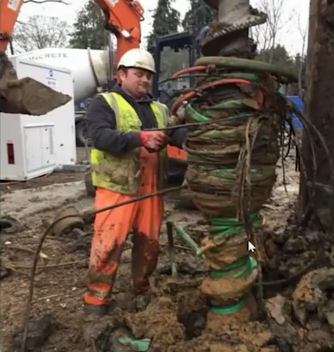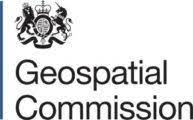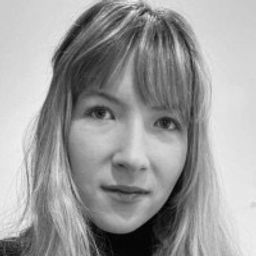

Preparation begins for NUAR rollout to selected areas.
Amy Manefield, Head of Data Operations for the NUAR project sponsored by the Geospatial Commission, presented the topic of applying real data to a data model during a SUMSF, March 23, 2022, live stream presentation. The NUAR project was discussed as well.
NUAR, National Underground Asset Register, is an interactive digital map showing underground cables and pipes. Manefield discussed how the project will improve the way buried infrastructure is installed, maintained, operated, and repaired, among other benefits.

Manefield also discussed the many reasons why NUAR is needed, including having four million holes dug each year, and 60,000 accidental strikes in the same amount of time. There are four million kilometres of buried pipes and cables in the UK, and increasing.
The timeline of the NUAR project was discussed by Manefield, and she revealed the challenges faced during the building process. She also spoke about the solutions to those challenges. In September 2021, NUAR began its building phase. Currently, the project is rolling out in three areas in March, 2023. Those areas are Wales, North East England, and London. The next areas will be North Ireland and the rest of England. Scotland already has a program in place.
During the presentation, Manefield discussed what was learned from the pilot phase of the project, such as minimizing structural constraints. She spoke about how data will change a data model and how to be prepared for and manage such changes. The project used three steps, change request, impact assessment, and implementation.
Manefield discussed what the future holds for the project. There will be a standard to aim for, internal conversations about data quality, and discussions of the benefits of interoperability of data. There will be increased digital skills and data across the industry and public sector.
There was an informative Q and A session after the presentation. You can watch the presentation on YouTube below.




Be the first to comment